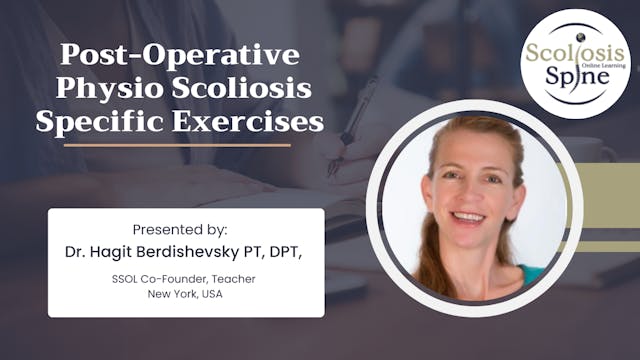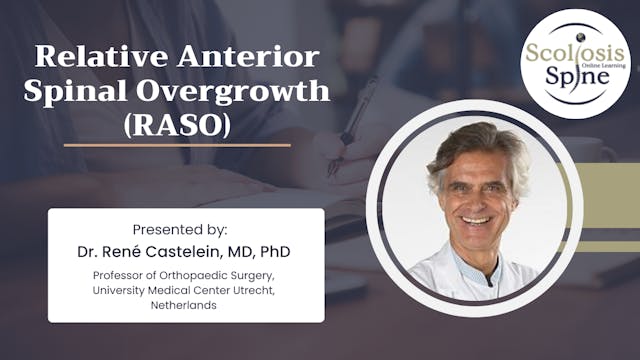Functional Individual Therapy of Scoliosis (FITS)
SSOL Subscription Library
•
1h 19m
FITS Webinar (Feb 2020)
Presented by:
Marianna Bialek & Andrzej M'hango
Co-authors, Educators of FITS Method
Created in 2004 by Marianna Białek and Andrzej M'hango for diagnosis and treatment of structural and non-structural scoliosis, FITS is a complex, asymmetrical and individual method of treating patients with scoliosis based on a variety of physical therapy techniques. Some of the techniques were modified or created by the founders and adjusted to work with scoliosis patients. Most of the FITS techniques are based on their own knowledge and experience.
Some of FITS Special features that will be discussed in the webinar :
Sensory motor balance training to improve nervous system control over the muscles function.
Examination of the ability of active and passive corrective movement.
Releasing myofascial structures which limit three-plane corrective movement.
Primary curve correction by creating functional compensation.
Building and stabilization of corrective movement patterns in open, closed biokinematic chains and functional positions.
Up Next in SSOL Subscription Library
-
Post-Operative Physio Scoliosis Speci...
This one hour webinar deals with consideration for choosing the exercises based on the recovery phase and the MD guidelines employed. Exercise examples and case videos will be shown as well.
Presented by:
Dr. Hagit Berdishevsky, PT, DPT
SSOL Co-Founder & EducatorHagit Berdishevsky has worked...
-
Asymmetric Infants
Asymmetric Infants
Presented by:
Esther de Ru Paediatric PT, NDT
Bugnet, Bobath, Vojta, PNF, SEASRecognizing possible congenital or neuromuscular scoliosis, referral and treatment options.
This 45-minute webinar discusses the features of the asymmetric infant. Children with asymmetric develop... -
Relative Anterior Spinal Overgrowth (...
Presented by:
Dr. René Castelein, MD, PhD
Prof. of Orthopaedic Surgery
University Medical Centre Utrecht, NetherlandsIn idiopathic scoliosis, it has been known for a long time that the anterior part of the spinal column is longer than the posterior part. This was already pointed out by 19th cen...


